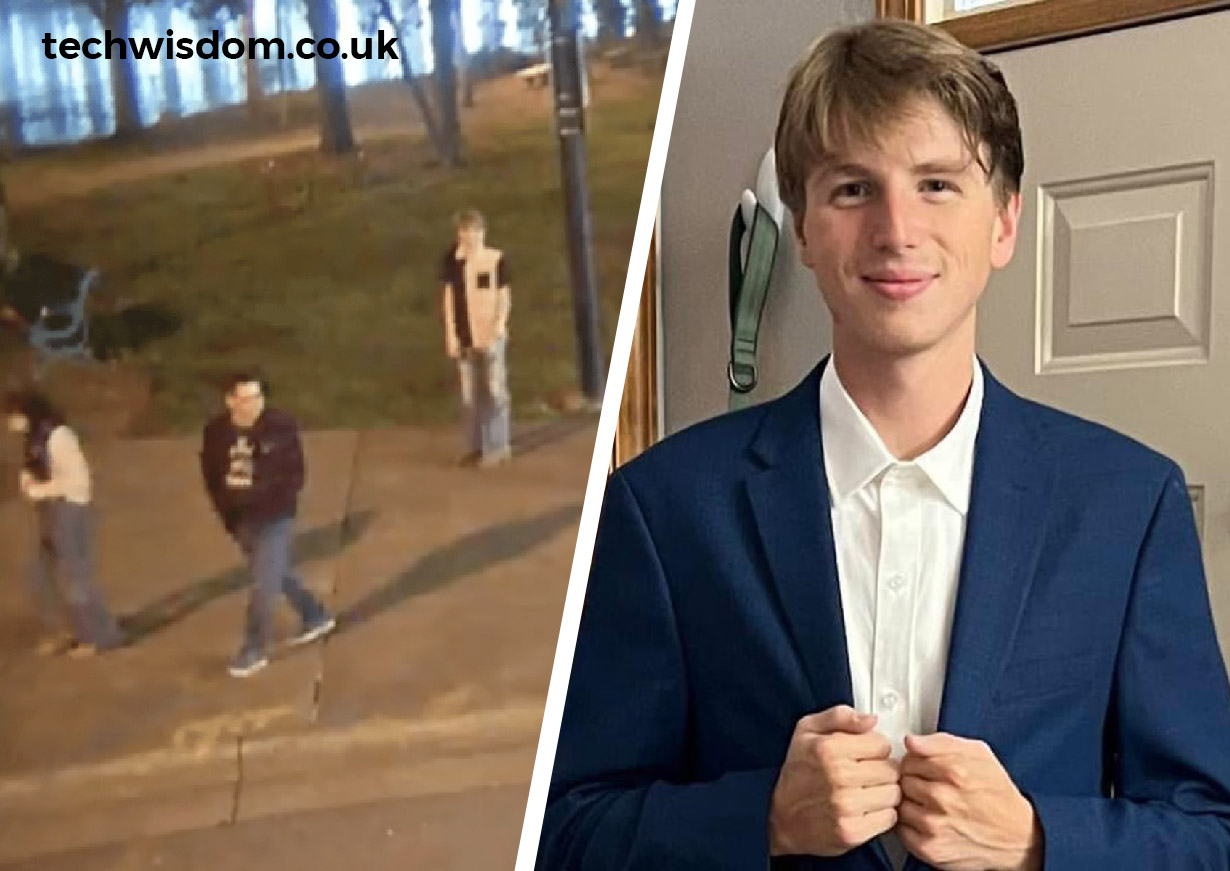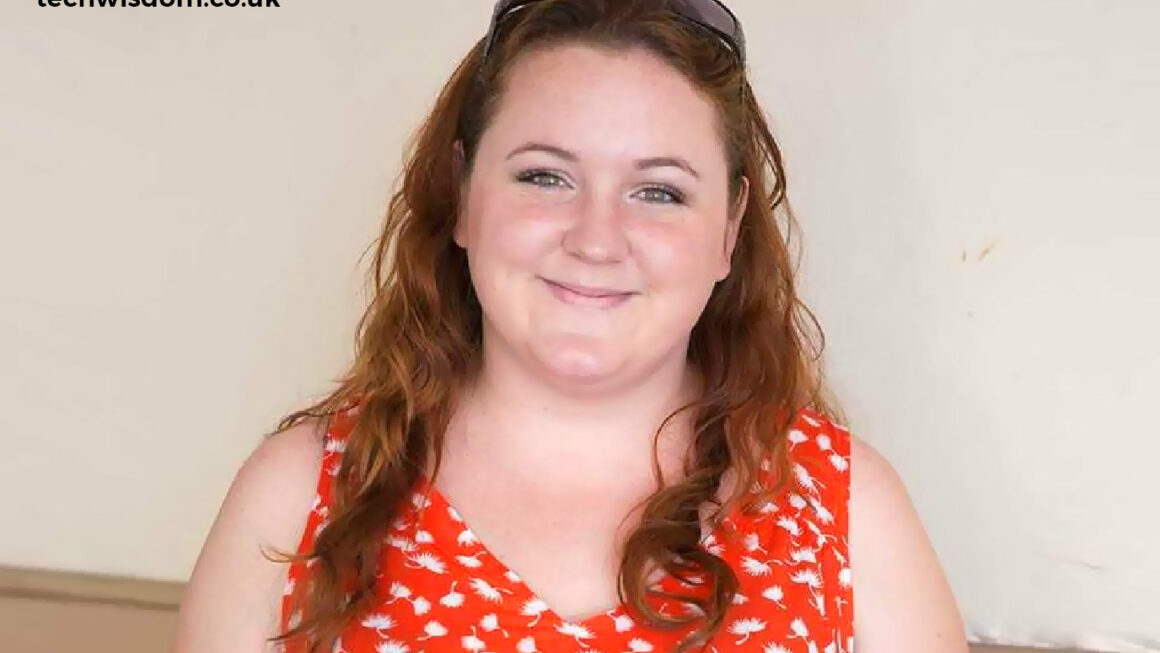The disappearance and subsequent tragic death of Riley Strain, a student from the University of Missouri, have profoundly impacted both his university community and the city of Nashville, Tennessee. The incident, marked by an extensive search and a heart-wrenching conclusion, has sparked conversations about safety, community support, and the need for precautions. This article delves into the events surrounding Riley Strain’s disappearance, the efforts to find him, the community’s response, and the broader implications for safety in urban nightlife areas.
The Disappearance of Riley Strain

Riley Strain was reported missing on March 8, 2024, after attending a fraternity event in Nashville, Tennessee and a night that started with a celebration at Luke’s 32 Bridge, a popular bar owned by country singer Luke Bryan, turned into a tragic mystery. Strain was last seen being escorted out of the bar, appearing disoriented and stumbling. Surveillance footage captured his aimless wandering through downtown Nashville, his movements indicative of someone lost and possibly under the influence.
As the night progressed and Riley failed to return to his accommodation, concern grew among his friends and family. The initial hours turned into a day, then days, with no sign of Riley. His disappearance set off a frantic search spearheaded by local authorities and bolstered by the efforts of community volunteers. The Nashville Police Department and search and rescue teams scoured the area, focusing on places where Riley was last seen.
The Search Efforts

The search for Riley Strain was comprehensive and intense. Authorities utilized every available resource, including canine units, drones, and divers, to comb through the potential areas where Riley might have wandered. Tips from the public and clues such as his bank card found along the riverbank helped narrow down the search areas. Volunteers joined the effort, spreading flyers, organizing search parties, and maintaining a vigilant lookout for any sign of Riley.
The community’s response was overwhelming, highlighting the collective concern and solidarity in times of crisis. Social media platforms were inundated with posts sharing Riley’s image and details, urging anyone with information to come forward. Local businesses supported the search efforts by displaying flyers and providing resources to the search teams. The collaborative effort demonstrated the power of community mobilization in the face of uncertainty.
The Discovery and Riley Strain Autopsy Results
After two agonizing weeks of searching, Riley Strain’s body was discovered in the Cumberland River. The discovery ended the search, confirming the fears of many who had hoped for a different outcome. The initial Riley Strain autopsy results didn’t show any signs of foul play, suggesting that Riley’s death was accidental. While the toxicology report is still pending, the preliminary findings indicate that he may have accidentally fallen into the river after becoming separated from his friends and wandering alone.
The circumstances of Riley’s death underscore the dangers that can arise in urban nightlife environments, particularly for individuals who may be disoriented or under the influence. The absence of foul play in the autopsy results shifts the attention from criminal investigation to understanding the factors that caused this tragic accident. This raises important questions about the existing safety measures and the actions that can be taken to avoid similar incidents in the future.
Community Response and Support

The discovery of Riley Strain‘s body prompted an outpouring of grief and support from the Nashville community and beyond. A candlelight vigil was held in his honour, attended by hundreds of residents who gathered to remember Riley and support his grieving family. The vigil was a poignant reminder of Riley’s impact on those around him and the collective sorrow felt by the community.
Riley’s family publicly thanked the community for their support and prayers during the search and after the discovery. The expressions of sympathy and solidarity provided solace to his loved ones during this challenging time. The community’s response highlighted the power of human connection and the significance of supporting one another in the face of tragedy.
Calls for Enhanced Safety Measures
In the wake of Riley Strain’s tragic accident, there have been discussions about enhancing safety measures around the Cumberland River and other similar areas in Nashville. Local officials are considering steps to secure the areas where Riley is believed to have fallen, including better lighting, increased surveillance, and physical barriers to prevent accidental falls. These actions aim to create a secure environment for residents and visitors, particularly in areas known for nightlife and high foot traffic.
The event has also sparked a broader conversation about the responsibility of nightlife establishments to ensure the safety of their patrons. Discussions include:
- There is a need for better monitoring of intoxicated individuals.
- Providing safe transport options.
- Ensuring patrons are kept from wandering alone, especially in unfamiliar or potentially hazardous areas.
Broader Implications and Preventive Measures
Riley Strain’s tragic death serves as a sobering reminder of the vulnerabilities that can be in urban environments, particularly during nighttime activities. It underscores the need for a multifaceted safety approach involving community awareness, effective law enforcement, and proactive measures by businesses and local authorities.
Education campaigns focused on raising awareness about the dangers of excessive alcohol consumption and the importance of looking out for friends during nights out can play a crucial role in prevention. Additionally, implementing training programs for bar and club staff to recognize and assist individuals who may be at risk can help mitigate potential dangers.
Urban planning and infrastructure development also play a critical role in enhancing safety. Ensuring well-lit streets, accessible emergency services, and strategically placed surveillance cameras can contribute to a safer environment. Community engagement and feedback are essential in identifying high-risk areas and implementing effective safety measures.
Conclusion
The tragic loss of Riley Strain has left an indelible mark on the University of Missouri community, the city of Nashville, and all who were involved in the search efforts. His story is a stark reminder of the fragility of life and the significance of community support in times of crisis. As discussions about enhancing safety measures continue, Riley’s memory catalyzes change, inspiring efforts to prevent similar tragedies.
The collective response to Riley’s disappearance and death underscores the power of community solidarity and the human capacity for compassion. As Nashville and other urban areas seek to improve safety measures, Riley Strain’s legacy will be one of unity, resilience, and the hope that such a tragedy will never be repeated.













